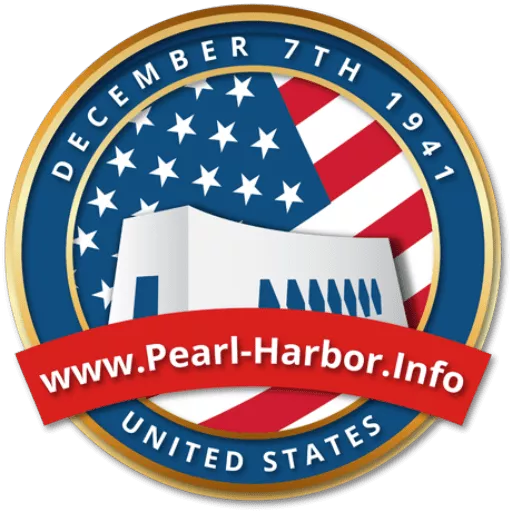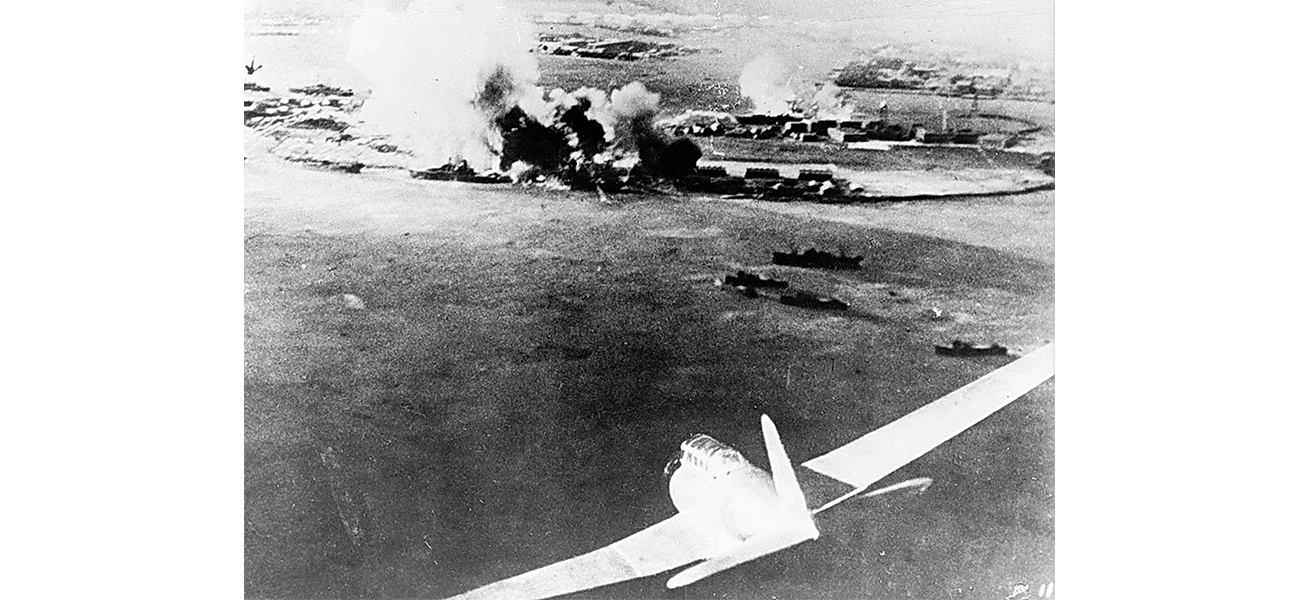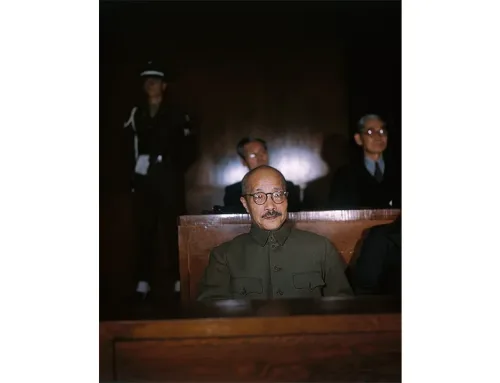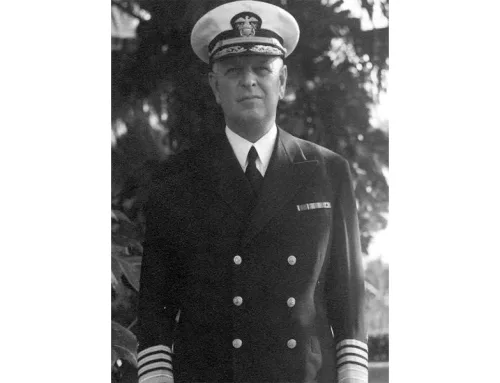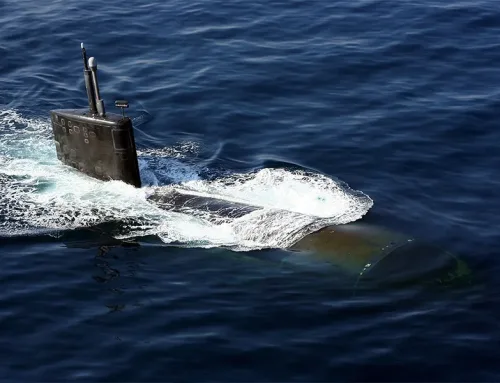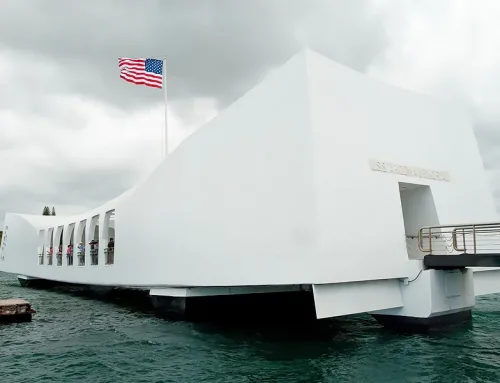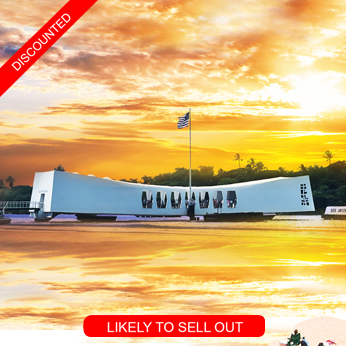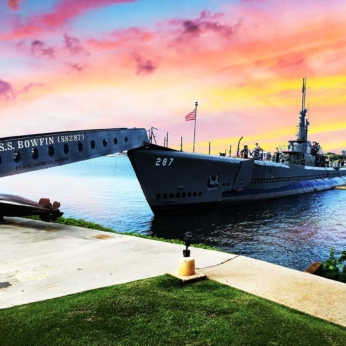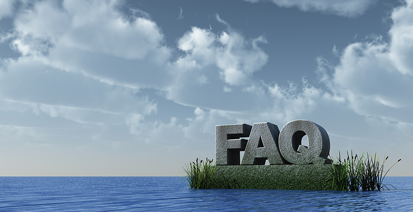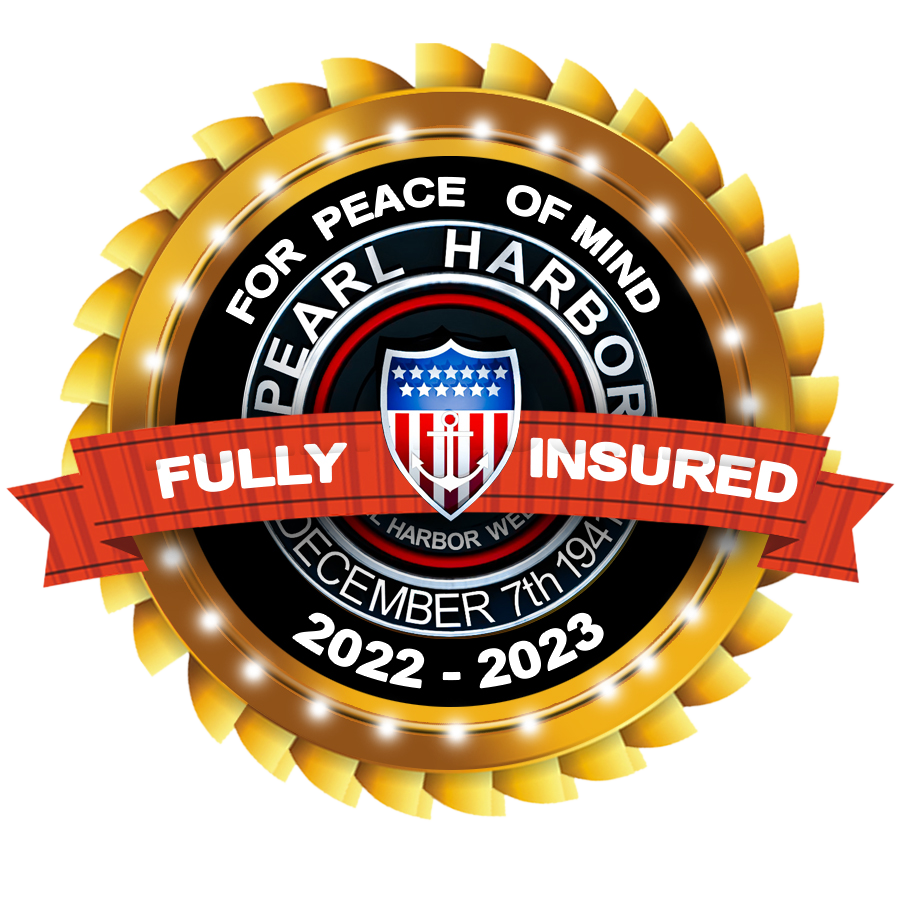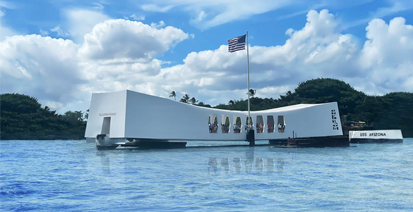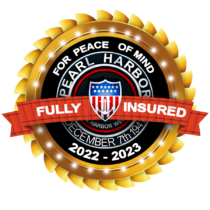How Weather Affected Pearl Harbor
Unbekannt (United States Library of Congress), CC0, via Wikimedia Commons
On December 7, 1941, the tranquility of a Sunday morning in Hawaii was shattered by the surprise Japanese attack on Pearl Harbor. This pivotal event in World War II is etched into history, but many overlook the subtle yet significant role weather played on that fateful day. Understanding how weather conditions influenced the attack on Pearl Harbor provides a deeper insight into the complexities of warfare and the unexpected factors that can shape the outcomes of historical events.
The weather on the morning of December 7, 1941, was relatively typical for that time of year in Hawaii. The day began with partly cloudy skies and light winds, creating a calm and seemingly serene environment. However, these conditions played a crucial role in both the Japanese strategy and the American response.
Early morning fog was present over parts of the naval base. This fog reduced visibility, making it more difficult for American forces to detect incoming Japanese aircraft. The limited visibility provided a cloak of concealment for the approaching Japanese planes, allowing them to get closer to their targets before being spotted.
Wind conditions on the day of the attack were generally light, which was advantageous for the Japanese aerial assault. Light winds meant that the Japanese aircraft could maintain stable flight paths, essential for precision bombing. The calm winds also helped minimize any potential disruptions to the formation of the attacking planes.
The cloud cover on December 7 was variable, with periods of sunlight breaking through. This intermittent cloud cover worked to the Japanese attackers’ advantage. The shifting clouds created patterns of light and shadow, making it harder for American forces on the ground to track and target the low-flying planes effectively.
The Japanese meticulously planned the attack, including detailed weather predictions. They anticipated the typical weather patterns for Hawaii in December, which included clear to partly cloudy skies and light winds. These predictions allowed them to choose an optimal time for the attack, maximizing the element of surprise and operational effectiveness.
On the American side, weather forecasting played a less critical role in their preparations. The U.S. forces did not anticipate an imminent attack and thus did not prioritize weather conditions in their defense planning. This lack of focus on weather forecasting contributed to the element of surprise that the Japanese exploited.
During World War II, radar technology was still at an early stage. On the morning of the attack, a radar operator on Oahu detected incoming aircraft but misinterpreted the signal, attributing it to a scheduled flight of American bombers. Weather conditions, particularly the early morning fog, may have contributed to the radar misinterpretation, as visibility was poor and the radar technology of the time was not highly advanced.
The weather also played a role in aerial combat. The clear to partly cloudy skies provided enough visibility for Japanese pilots to identify their targets, while the intermittent cloud cover offered occasional protection from American anti-aircraft fire. This balance of visibility and concealment was crucial for the success of the Japanese aerial assault.
The weather on December 7, 1941, significantly influenced the course and outcome of the Pearl Harbor attack. From providing cover for the Japanese approach to affecting the American defensive response, weather conditions played a pivotal yet often overlooked role. Understanding these weather impacts offers valuable lessons in the importance of meteorological considerations in military planning and operations.
Most Popular Oahu Tours
Best Pearl Harbor Tours

The following tours are recognized as the most popular Pearl Harbor Tours on Oahu. While generally, our price is the lowest in the market now, for a limited time, they are on sale too. Please be advised that Pearl Harbor tickets and USS Arizona Memorial tickets are included in all of our Arizona Memorial Tours, Pearl Harbor small group tours, and private Pearl Harbor tours.
